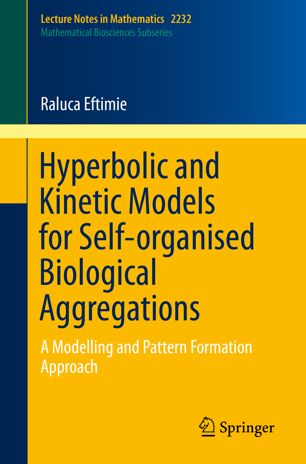

Most ebook files are in PDF format, so you can easily read them using various software such as Foxit Reader or directly on the Google Chrome browser.
Some ebook files are released by publishers in other formats such as .awz, .mobi, .epub, .fb2, etc. You may need to install specific software to read these formats on mobile/PC, such as Calibre.
Please read the tutorial at this link: https://ebookbell.com/faq
We offer FREE conversion to the popular formats you request; however, this may take some time. Therefore, right after payment, please email us, and we will try to provide the service as quickly as possible.
For some exceptional file formats or broken links (if any), please refrain from opening any disputes. Instead, email us first, and we will try to assist within a maximum of 6 hours.
EbookBell Team

4.8
24 reviewsThis book focuses on the spatio-temporal patterns generated by two classes of mathematical models (of hyperbolic and kinetic types) that have been increasingly used in the past several years to describe various biological and ecological communities. Here we combine an overview of various modelling approaches for collective behaviours displayed by individuals/cells/bacteria that interact locally and non-locally, with analytical and numerical mathematical techniques that can be used to investigate the spatio-temporal patterns produced by said individuals/cells/bacteria. Richly illustrated, the book offers a valuable guide for researchers new to the field, and is also suitable as a textbook for senior undergraduate or graduate students in mathematics or related disciplines.